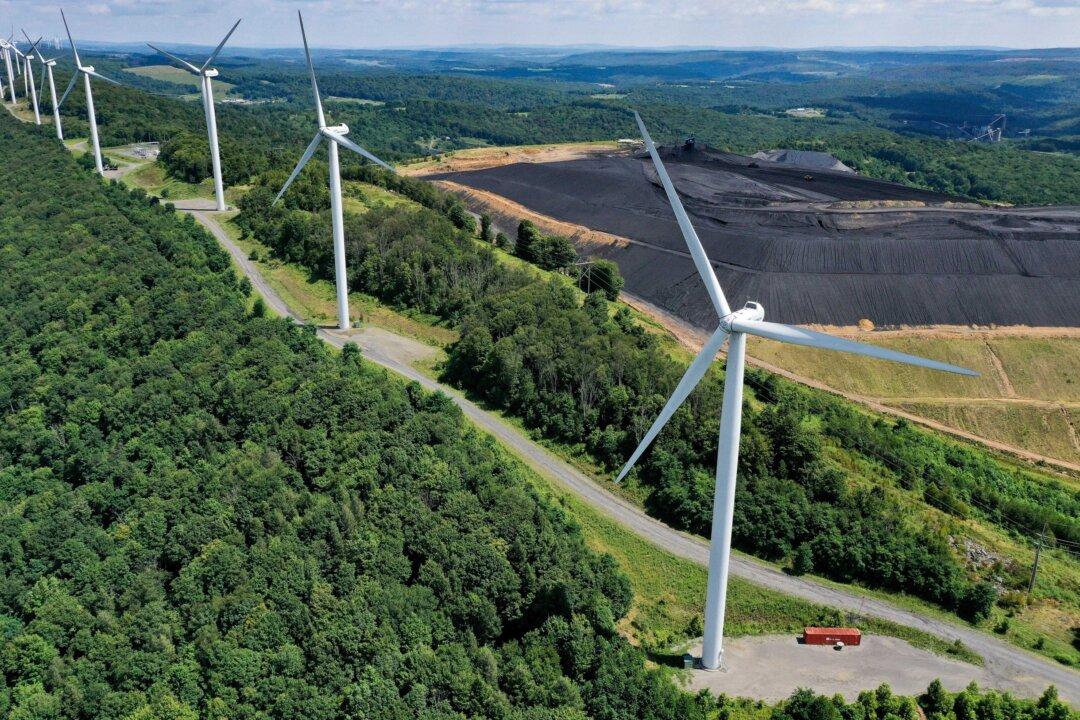Squadron Energy, Australia’s leading renewable energy company owned by mining magnate Andrew Forrest, has begun building the largest wind farm in New South Wales (NSW).
The Uungula wind farm, which features 69 wind turbines, is expected to create more than 260 jobs and pump about $40 million (US$26.85 million) into the local economy, the company announced on Jan. 11.




